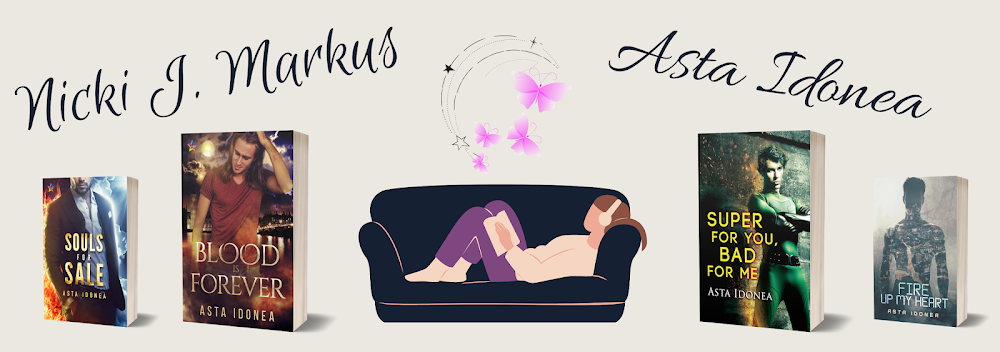Show Don't Tell. You see these three little words doing the rounds a lot in writers' circles - and with good reason.
As a writer, you know all there is to know about your characters and your plot, and naturally you want to share that with the reader. The tendency, however, is to feel the need to TELL the reader everything, rather than letting the reader discover things for themselves and draw their own conclusions. Let's look at an example:
Version One
"If I cannot have your head, I will at least stop your words."
Brokkr stepped toward Loki. He was looking forward to this. He held a wicked-looking awl, which he brandished with a gleeful smile.
Loki was terrified. He wanted to get away, but the others blocked his path. He couldn't escape, so he had no choice but to submit as his lips were sewn shut.
Okay, so here we have a scene. Two characters partaking in some action, and from this, the reader knows what's happening. But it lacks something, does it not? Here I am telling the reader how the characters are feeling. Let's try showing them instead....
Version Two
"If I cannot have your head, I will at least stop your words."
Brokkr strode forward, adjusting his grip on the awl. He raised the spike, and his lips curved into a wide grin when its sharp pointed glinted as it caught the light.
Loki shuffled backward. But the other gods had moved in behind him, blocking off his only chance of escape. His heart hammered in his chest as the dark elf drew closer. His mouth was dry and he licked at his lips. He fought back the scream that threatened when Brokkr reached him and the tip of the awl pressed into his flesh.
So, what is different here? To start with, I have tried to eliminate any instances of telling the reading how the characters were feeling. Instead, I have tried to illustrate their feelings through their actions and reactions. Word choice is often important here. For example, I have Brokkr striding rather than stepping - this gives a sense of confidence and eagerness. Meanwhile Loki shuffles backward - he's scared, uncertain, desperate. Rather than telling the reader Loki is scared, I show that in this manner of movement and his physiological reactions. Overall you get a scene that is a lot more dynamic and interesting to a reader.
Remember, this sort of thing comes with practice and you don't have to get it right first draft. This is something you can fix in second drafts and edits. Get your story down first, and once you have it all, read through looking out for things like this. Ask yourself, am I showing the reader what is happening, or am I just telling them?

No comments:
Post a Comment